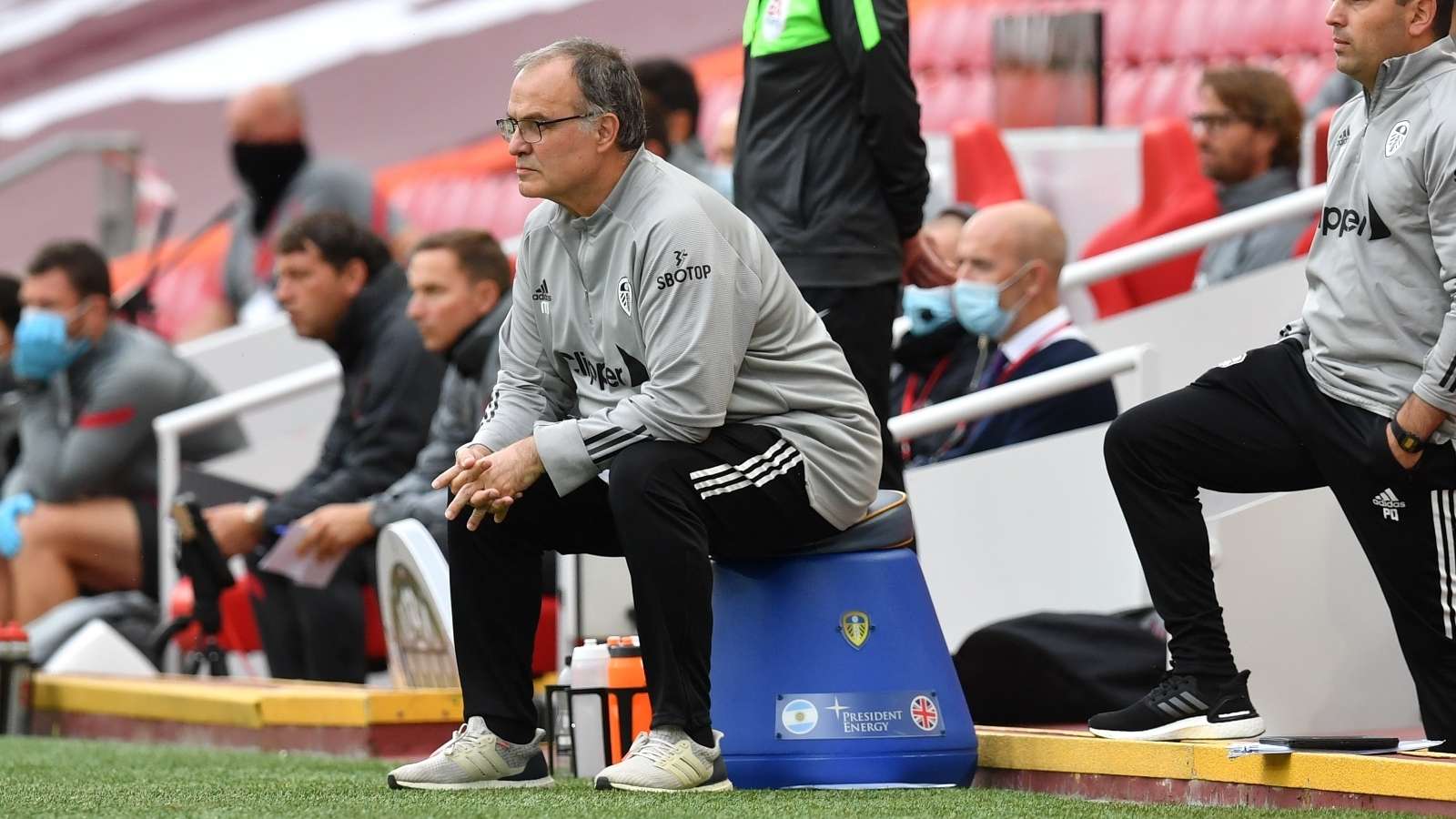It’s no secret that the Premier League is the most lucrative soccer league in the world; it’s broadcast around the world, its biggest clubs are major global brands, while the division’s biggest stars are recognised wherever they go.
They’re also among the best-paid athletes in the world, with the league’s wages having escalated dramatically since the PL’s development.
Consider the salaries of the league’s five best-paid players.
According to Spotrac, Gareth Bale at Tottenham Hotspur earns £600,000 per week, while David De Gea and Kevin De Bruyne are second and third on £375,000 and £320,822 per week, respectively.
Rounding off the top five are Raheem Sterling (£300,000 per week) and Paul Pogba (£290,000).
All of Pierre-Emerick Aubameyang, Thomas Partey and Anthony Martial pick up a quarter of a million per month, while even clubs outside the league’s traditional big six are spending big in search of success.
Leicester City have given Jamie Vardy a weekly contract of £140k, while Wilfried Zaha—another player linked with a move to Europe’s biggest sides—earns £130k per week at Crystal Palace.
 Getty Images
Getty Images
Even at the bottom of the table, and some of the league’s strugglers, players are still handsomely rewarded.
At Fulham, on-loan Alphonse Areola earns £75k per week, while Kieran Gibbs of West Bromwich Albion and Phil Jagielka of Sheffield United are allegedly picking up a minimum of £50k per week at their clubs.
These are some astronomical figures, particularly when compared with average earnings in the United Kingdom.
The ONS reported last year that the average UK salary for a full-time role was £38,600—annually—which is roughly the equivalent of what modest Prem players such as Jack Cork, Martin Dubravka or Matt Targett receive every week.
The Premier League salary bill continues to spiral, largely remaining immune to the country’s changing economic conditions.
Consider this, in 2002-03, Manchester United had a total wage bill of £79.5 million—topping the charts—while West Bromwich Albion had the smallest wage bill in the league with an overall spend of £11.5 million.
Fast forward to the present, and United’s annual wage commitment has grown to £175,695,000 according to Sportac, as they remain at the pinnacle of the Prem’s big spenders.
 Getty/Goal
Getty/Goal
Beneath them, Manchester City (£136.5m), Chelsea (£132.7m) and Arsenal (£130.7m) round off the top four of the Prem’s big salary spenders.
They are numbers that truly put Liverpool’s immense success under Jurgen Klopp into perspective; things may not be going superbly this season, but the Reds deserve credit for winning the league title even though five teams have bigger wage outgoings than them.
At the time of writing, according to Sportac, the Merseysiders spend £118.5m on wages annually, putting them sixth in the overall standings.
While The Albion were the lowest spenders in 2002-03, they are third from bottom this season, although their wage bill has still more than doubled in the last 18 years.
Today, they have an annual wage bill of £23.7m, which is £4 million more than the league’s smallest budget—Sheffield United, with £19.7m.
A glance at the modern wage budgets demonstrates just how impressive Leeds United have been since returning to the top table; despite having the second smallest budget in the league (£22.4m), Marcelo Bielsa’s side are riding high in 12th.
Back in 2002-03, no team spent a greater proportion of their revenue on wages than Leeds, who invested 80 percent of their income into player salaries.
 Getty
Getty
They appear to have learned their lessons, having endured fiscal meltdown since their gross overspending almost two decades ago.
Since then, the introduction of Financial Fair Play has forced clubs to think more carefully about their spending and—in principle—ushered in greater financial prudence.
However, the first 11 years since the Premier League’s inception oversaw eight-fold growth of revenue—underpinned by increasing in broadcasting returns—and things have only continued in the same trajectory since.
For the 2002-03 season, the overall revenue of Premier League clubs was £1.25 billion, an increase of 10 percent from the season before.
By the 2015-16 season, the overall revenue had grown to £3.6 million—an increase of 12 percent on the previous campaign, with wage growth similarly undergoing a massive transformation, while the 29th Annual Review of Football Finance—published in 2020—revealed that combined revenue had passed the £5 billion mark.
With hefty wage costs, however, not to mention other outgoings including transfer fees, agent fees and matchday expenditure, clubs are still accruing hefty debts as they go in search of glory.
For the 2018-19 season, for example, 11 of the 20 Premier League clubs recorded pre-tax losses, with Chelsea and Everton in particular posting losses of more than £100 million.
Again, during that period, wages were the chief outlay for clubs, with Everton, Bournemouth and Leicester all spending over 80 percent of their revenue on staff, and a further 10 clubs spending 70 percent of their turnover on wages, according to The Athletic.
During that campaign, Tottenham spent the smallest portion of their revenue on wages—‘only’ 39 percent—yet even they haven’t been able to avoid major debt, largely due to their expenditure on their gleaming new stadium.
As club revenues continue to climb, expect wages to do the same, although the coronavirus pandemic and potential diminishing rates of return for broadcasters threaten income, and may yet lead to knockon effects in salaries.



.jpg?auto=webp&format=pjpg&width=640&quality=60)
.jpg?auto=webp&format=pjpg&width=640&quality=60)